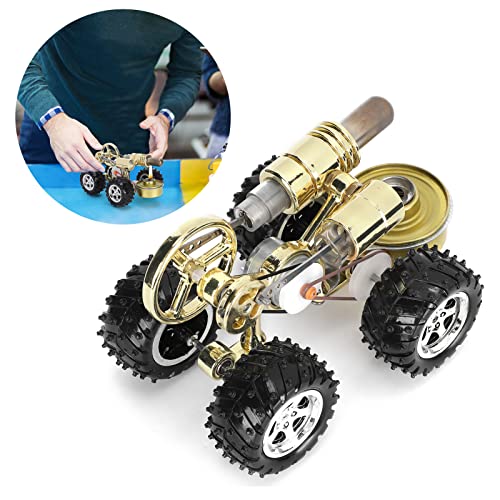On the Durabar site, they reference G2 as 'built around ASTM A48 Class 40 gray iron'. Now how exactly that compares to other grades of Class-40 gray iron with even less information is rather cloudy. The ductile irons are a different group designated by prefix 60,65,80,100 series.
View attachment 158660
But I wanted to draw your attention to their heat treating section, link below. They show 2 modes; annealing & hardening. My interpretation (maybe wrong) is you can do either from the same reference temperature. The difference is what you do AFTER it has reached temperature. According to their definitions, if you allowed it to cool naturally inside the oven, that would equate to annealing or stress relieving mode. OTOH if you accelerated the cooling rate by quenching, that hardens the material to the corresponding hardness values. But only if heated above 1100F just eyeballing the graph.
Trimble never mentions hardening, he said ANNEALING and referenced 1475F. He said 'they don't have to soak at that temperature but they have to get that hot'. This temperature level on Durabar G2 would put it into the subcritical anneal temperature. 1100F corresponds to what they call stress relieving zone. But of course, without knowing his particular material reference specs, its relative guesswork. Maybe this type of graph exists for some of the gray iron varieties we have discussed. Once upon a time I went looking but did not find anything quite as simple. If you have anything, it would be interesting to compare.
Durabar references an (annealing) soak temp of 1300-1400F for 1 hour/in2 of cross section, then furnace cool to 650F. That temperature kind of goes round with Trimble (but again maybe just coincidental without more material data). Just to put numbers to a single model ring for a 1" bore: (0.043" radial thickness x 0.023" axial thickness) = 0.00097 in2 cross section area. Even a stack of 10 in a heat set fixture would be less than 1% of 1 square inch section area. I'm not sure if or how this scales to a shorter allowable soak duration, its probably not that simple. BTW I'm not challenging the wisdom of others, just mentioning FWIW.
https://www.dura-bar.com/getmedia/5cf7c409-fdce-4861-b2b7-770c942368b1/heat-treat-guide-0719.pdf
View attachment 158661













![MeshMagic 3D Free 3D Modeling Software [Download]](https://m.media-amazon.com/images/I/B1U+p8ewjGS._SL500_.png)











![DreamPlan Home Design and Landscaping Software Free for Windows [PC Download]](https://m.media-amazon.com/images/I/51kvZH2dVLL._SL500_.jpg)





































